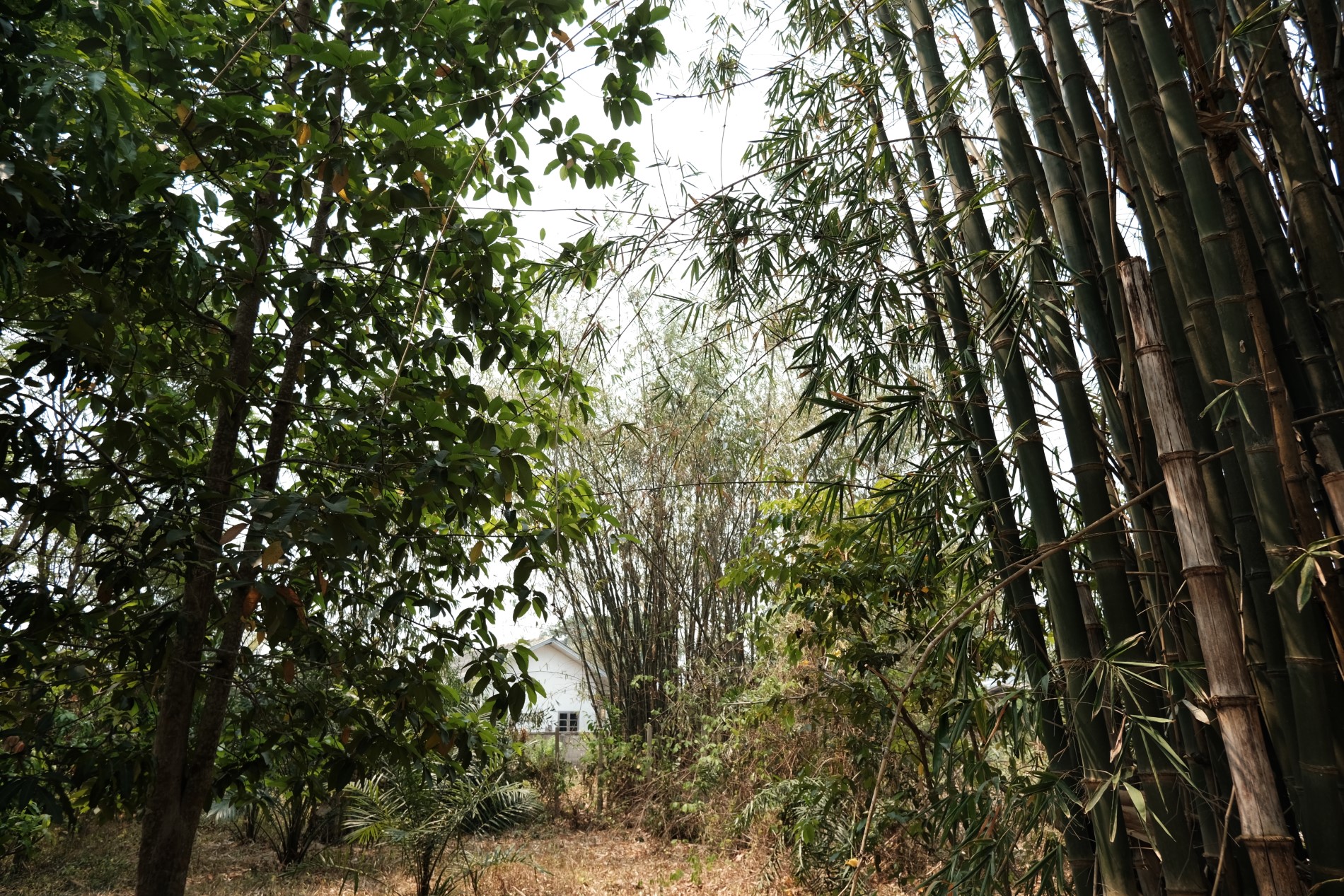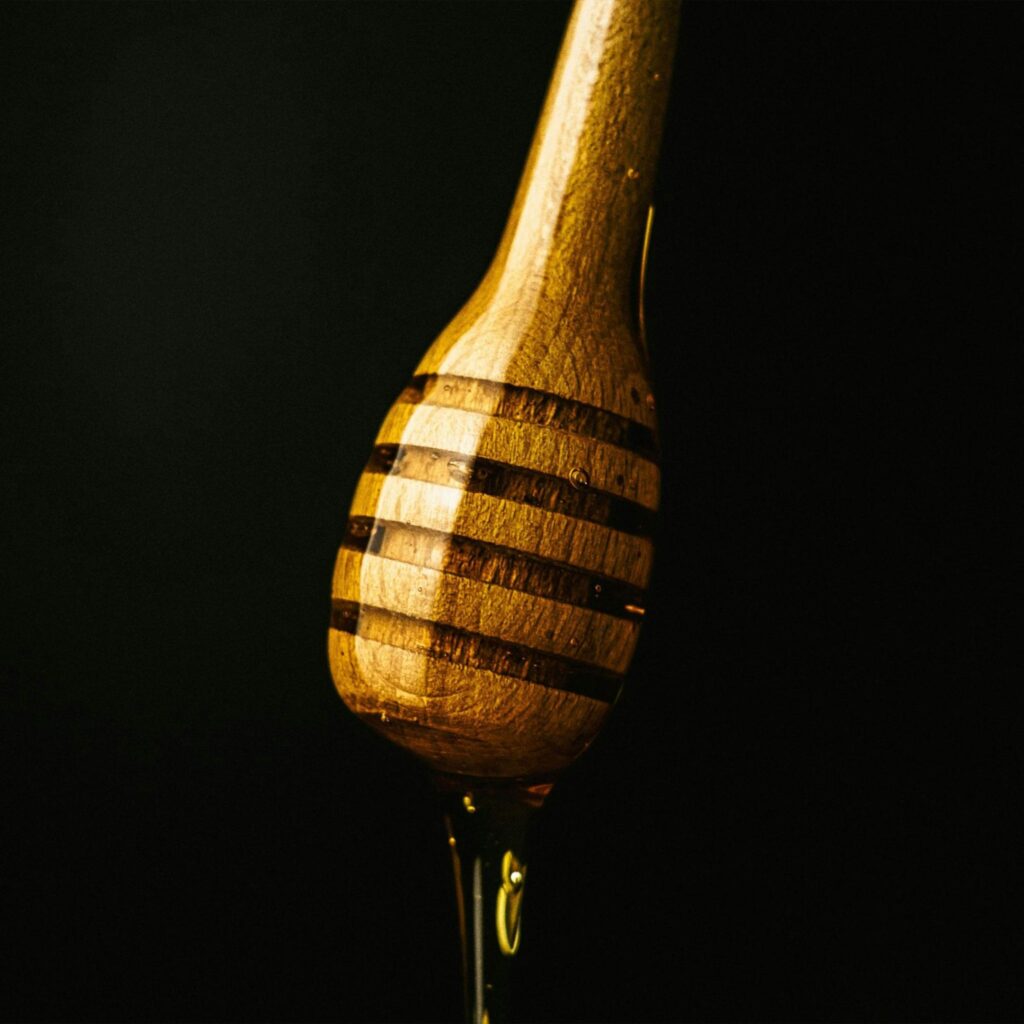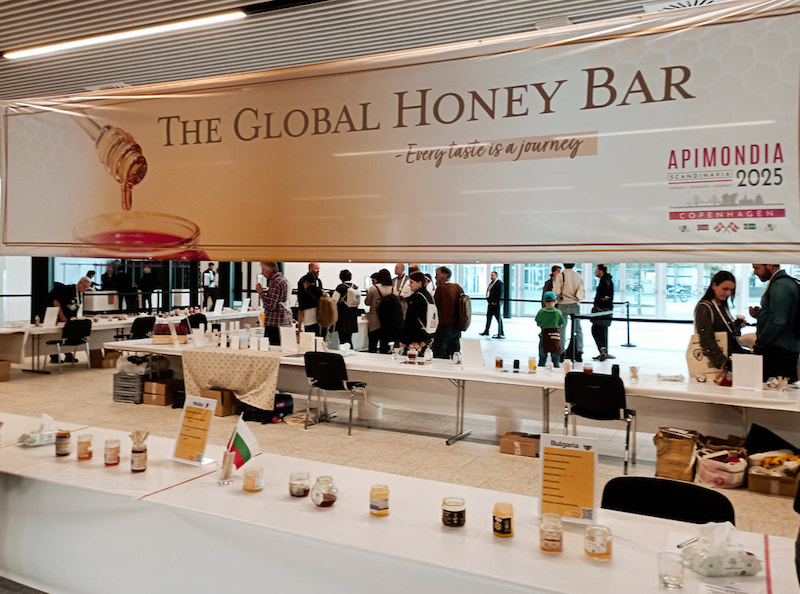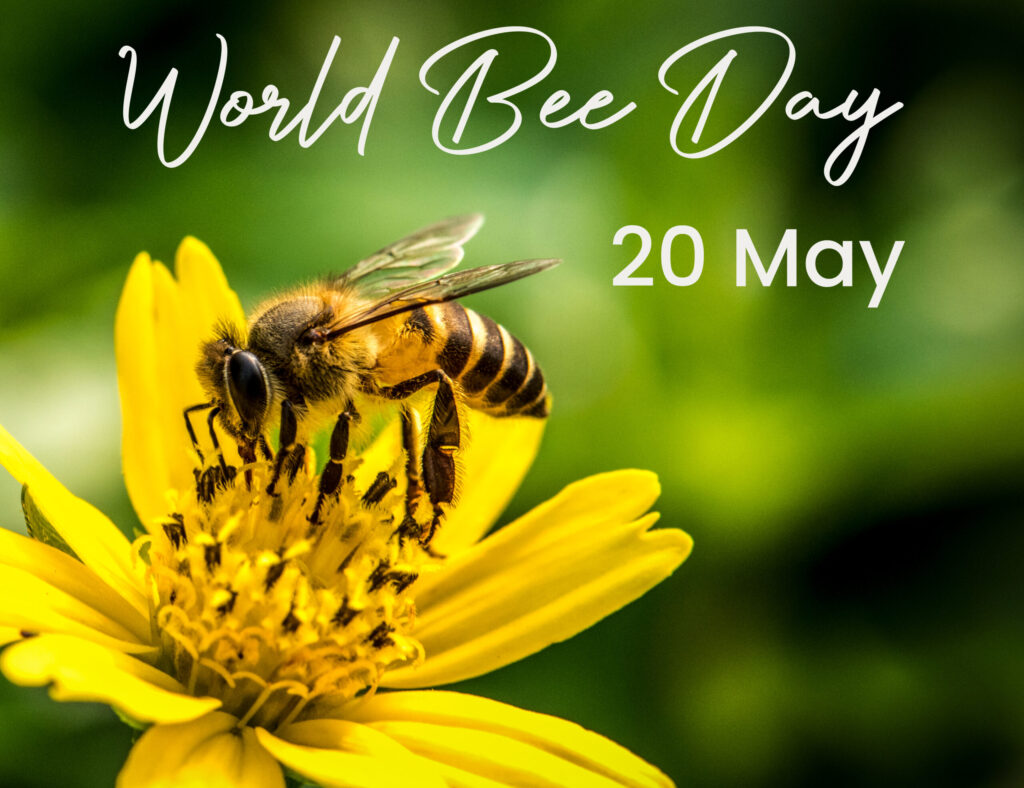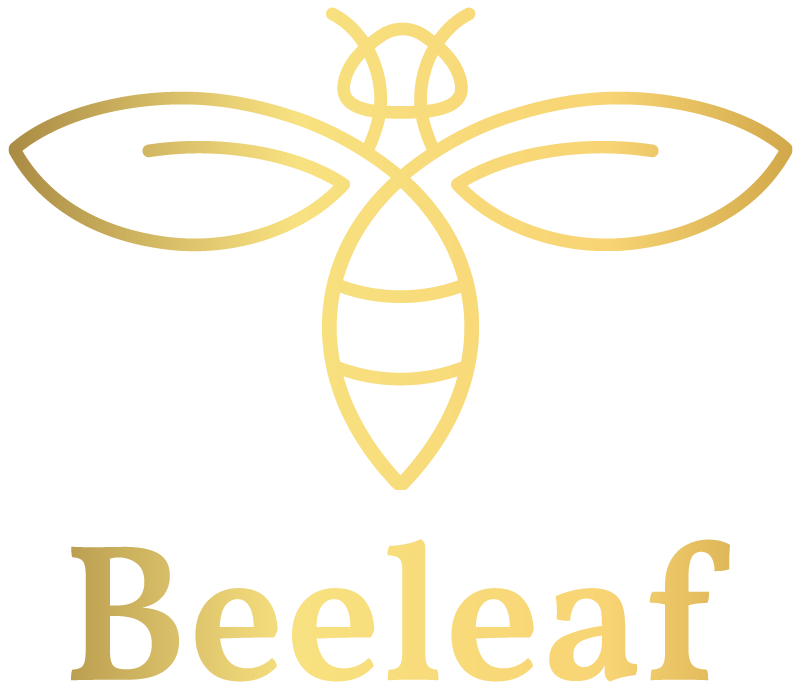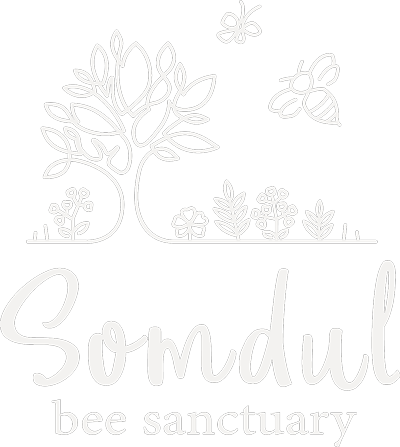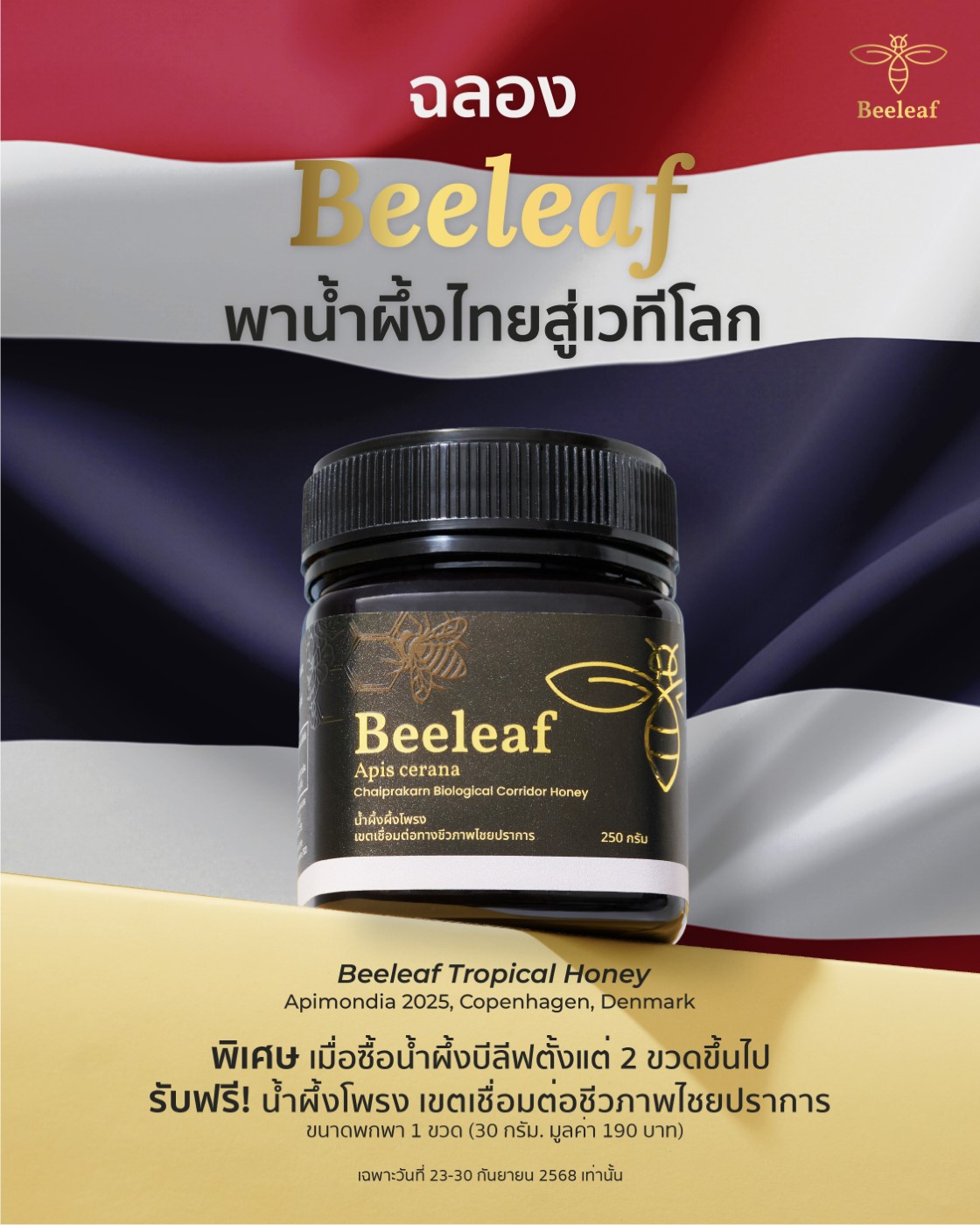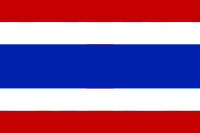BL002 – Apis cerana Chaiprakarn Biological Corridor Honey
Origin อ. ไชยปราการ จ. เชียงใหม่
Producer เกษตรกรเลี้ยงผึ้งโพรง (Apis cerana) อ. ไชยปราการ จ. เชียงใหม่
About the Ecosystem: This unique agroforestry landscape lies within a biological corridor, blending cultivated land with natural forest ecosystems. It is the result of an integrated planting approach that reflects the close relationship between local livelihoods and forest ecology. The honey’s flavor complexity emerges from a diverse nectar source, including: Cultivated plants: such as lychee, rubber, Taiwan cosmos, santol, mango, longan, and coconut. Native forest species: including teak (Tectona grandis), Shorea species (Redwood, Rosewood, etc.), and other maturing hardwoods. Natural meadows and medicinal grasses: These resilient ecosystems adapt to seasonal changes, flourishing during the rainy season and sustaining pollinators during dry spells. These natural grasslands and understory plants function as a Pollinator Reservoir, providing consistent food sources when forest trees are not in bloom. The landscape fosters a year-round blooming cycle and supports native bees and wild pollinators. This honey represents a harmonized coexistence between forest and human society, reflecting a regenerative agro-ecological system where biodiversity thrives alongside sustainable farming. It is a true expression of ecological balance, resilience, and cultural symbiosis.

